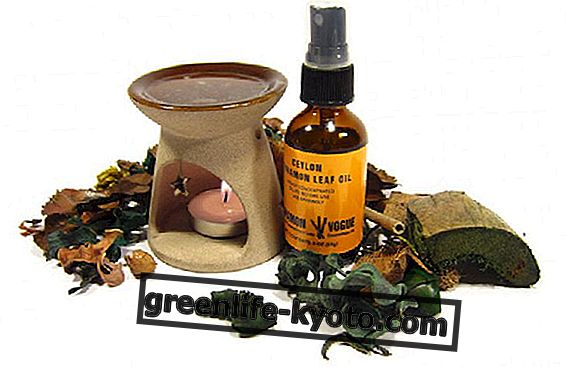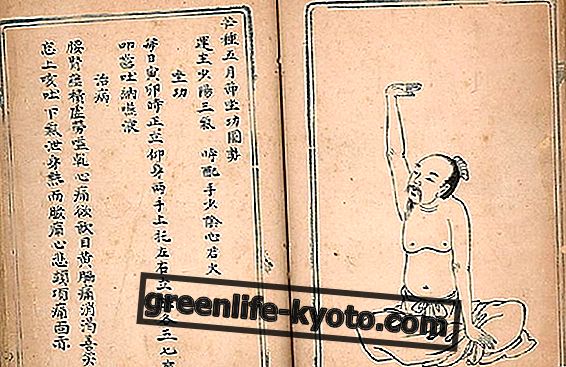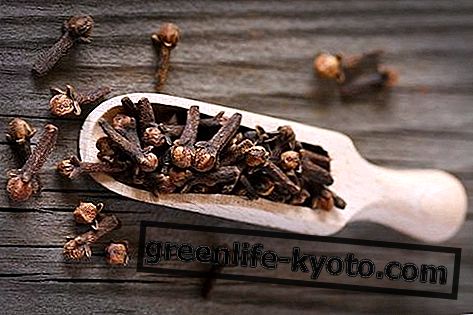
What the hell do you want?
There are different types and varieties of cauliflower, all of which are very beneficial to health, but each with specific strong properties and more suited to certain recipes.
Let's take a look at the characteristics of the classic classic white cavofiore, of the Violet Queen purple or Sicilian violet cauliflower, of the Roman or Roman cauliflower, of the green cauliflower - for example the green of Macerata and Moncalieri - and finally of the nicely called orange Cheddar". To each his own !
Anti-inflammatory white cauliflower
Rich in vitamin C, antioxidant and anti-inflammatory, white cauliflower is a perfect ally of health to combat the ailments of cold saturation .
In addition to keeping heart rate and pressure at bay, white cauliflower stimulates the thyroid and calms ulcerative colitis . A recipe always at your table? The classic pasta with sauce, enriched with the tender milk-white inflorescences of this cauliflower among the most common, is a fantastic winter first course, try it with a little chilli pepper and a nice grated final hard ricotta.
Purple anti-age cauliflower
The violet cauliflower of Catania is one of the Italian kings of purple cauliflower, although in the world there are other varieties, such as the Graffiti cauliflower, the purple Cape or the Violet Queen, cultivated for example in South Africa; harvested in January, the purple cauliflower has a medium-small, compact and red-wine color, except for the stem and the internal parts which remain white; with a delicate taste, it has a more delicate and "soft" taste than the traditional white cauliflower .
Of similar properties to the latter, it is enriched with more anthocyanins, carotenoids, potassium and magnesium. Much appreciated raw from vegans and raw foodists, it becomes an original dish if steamed and served with green vegetables or sauces, for example peas, broad beans, green beans or broccoli.
Anti-tumor Roman cauliflower
Roman or Roman cabbage, broccoli or cauliflower is a real fractal in the kitchen : with an intriguing geometric appearance, it also has fantastic properties for the organism. Antianemic, it is a good source of vitamin A and vitamin B. The presence of antiocyanates, substances with anticancer properties, is highly appreciated.
Flans, soups, soups and delicate pastas, the Roman cauliflower offers inviting, tasty and highly beneficial dishes. Try the velvety soup with Romanesco cauliflower florets.
The history of orange cauliflower
Having become the headlines as a true anti-age, the orange cauliflower actually contains a higher level of beta-carotene, which means, from a nutritional point of view, a greater intake of vitamin A. The orange cauliflower was discovered for the first time in a field of white cauliflowers in Canada some thirty years ago, derived from a genetic mutation (Cornell University - The Plant Cell).
Baked orange cauliflower is a simple and tasty recipe, just parboil the florets for a few minutes, place them drained in an ovenproof dish and sprinkle with grated bread, grated Parmesan cheese (or similar), pepper and some almond flakes to taste. Run the grill for a few minutes and then serve hot.
Antianemic green cauliflower
Rich in chlorophyll, the green cauliflower or cimone is the "green" cousin of white cabbage. As the latter it is rich in valuable nutrients, including minerals, folic acid, vitamin C; the chlorophyll that gives it the green color favors the production of hemoglobin and can help in the treatment of anemia .
Fresh and tender, it can be eaten raw, cut into very thin slices and marinated, or cooked al dente with steam and then "shelled" to make a vegan cauliflower couscous, along with other vegetables. We know the green variety of Moncalieri and that of Macerata.













